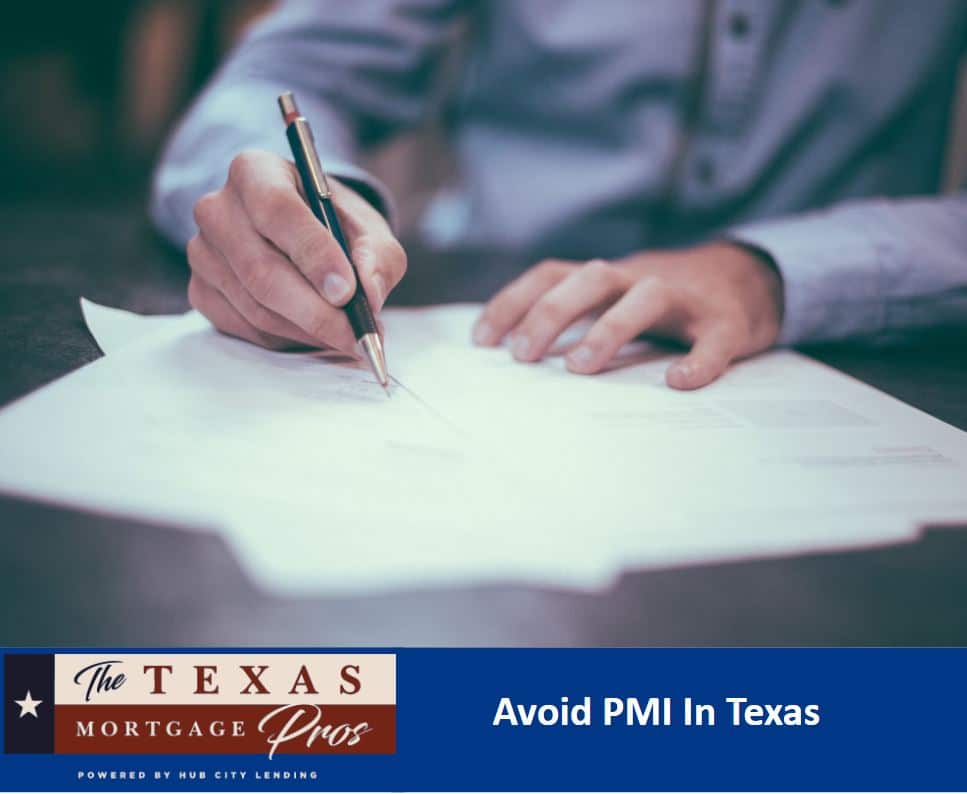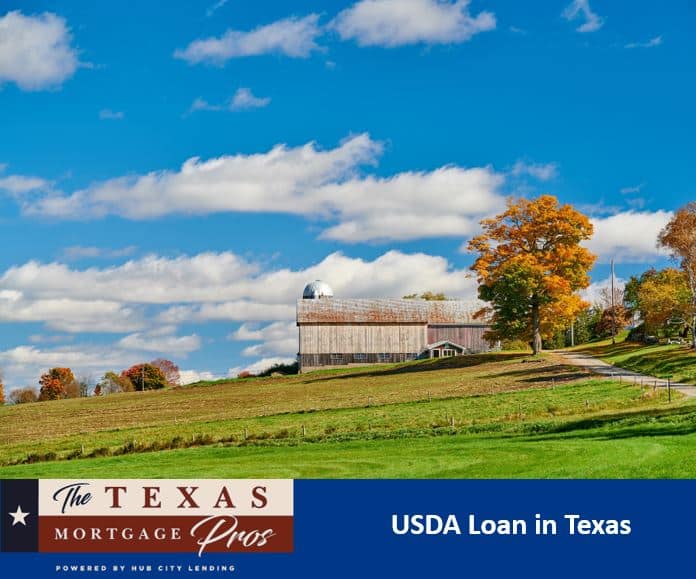How To Avoid PMI In Texas

You can avoid PMI in Texas by making a down payment that is at least one-fifth of the home’s purchase price, or 80 percent of the mortgage’s loan-to-value (LTV) ratio, is one option to avoid paying PMI. For instance, you would need to put down at least $36,000 if your new home costs $180,000 in order to avoid paying PMI
If you have a conventional loan, you might be forced to pay for private mortgage insurance (PMI), which is commonly known as PMI. Similar to other types of mortgage insurance, if you cease making loan payments, PMI will protect the lender rather than you.
Lenders negotiate PMI with private insurance companies. When you have a traditional loan and put down less than 20% of the home’s price, PMI is typically necessary. PMI is typically necessary if you’re refinancing with a conventional loan and your equity is less than 20% of the value of your property.
Three options exist for buyers who want to avoid PMI premiums but still put down less than 20%: compel the lender to pay: In exchange for a higher interest rate, buyers might opt for a lender that offers lender-paid mortgage insurance (LPMI), which does away with PMI. Take into account a piggyback mortgage, when the buyer receives a second loan to help with some of the down payment. The second loan assists in meeting the 20% requirement necessary to get rid of PMI on a conventional mortgage. Additionally, buyers can avoid PMI by selecting for a loan programme type that doesn’t initially demand PMI.
How do I get rid of PMI?
There are four different ways to get rid of PMI including:
- Reduce your mortgage balance to automatically or permanently sever PMI.
- When the mortgage balance reaches 80%, request PMI deletion.
- Refinance in order to avoid PMI
- Reevaluate your home’s value if it has increased.
Over time, increase your home’s equity. Once your debt reaches 78 percent of the original loan, your mortgage servicer is legally compelled to stop collecting PMI premiums. (Take note that FHA loans are exempt from this. Only those who have made a down payment of at least 10% on their house and who have completed 11 years of repayment are eligible to cancel their FHA MIP.)
When your equity reaches 20%, get in touch with your servicer. When your debt exceeds 80% of the initial loan amount, the automatic PMI cancellation will be accelerated. You can now ask to have PMI cancelled.
Have your house valued. Paying down your principal gradually is not the only way to get to the elusive 20 percent equity mark. You can ask your lender for a professional evaluation if the value of your home has increased since you bought it. An assessment will cost about $350, according to HomeAdvisor. This is a tiny expense that can be rapidly recovered after a few months of lower payments.
Can you avoid PMI as a first-time home buyer?
You can avoid PMI as a first time home buyer in Texas by making a down payment that is at least one-fifth of the home’s purchase price, or 80 percent of the mortgage’s loan-to-value (LTV) ratio, is one option to avoid paying PMI. For instance, you would need to put down at least $36,000 if your new home costs $180,000 in order to avoid paying PMI.
Do all lenders in Texas require PMI?
For conventional mortgages with a down payment of less than 20%, the majority of lenders typically require PMI. If you want to avoid PMI, do your study as there are certain exceptions to the rule.
Conventional loans with minimal down payments and no PMI are one example, like Quicken Loans’ PMI Advantage. If you put less than 20% down, the lender will waive PMI, but doing so will increase your interest rate, so you’ll need to do the arithmetic to see if this loan is worthwhile for you.
Mortgage insurance is not required for several government-sponsored initiatives. For instance, if you qualify, VA loans don’t demand it. This can be advantageous for purchasers who lack the savings necessary for a sizable down payment.
Is PMI tax-deductible in Texas?
In 2020, the government resumed the tax deduction for private mortgage insurance premiums. In 2022, the benefit will be reinstated; however, it will gradually disappear if your adjusted gross income hits $109,000. You should evaluate if taking the standard deduction is preferable to itemising your deductions and include your PMI.
Homeowners could deduct up to 10% of the loan amount from their taxable income thanks to the deduction. You could reduce your taxes by up to $2,500 a year if you claimed the maximum credit. For instance, you may deduct $10,000 ($200,000 x.1 $20,000) if you had a $200,000 mortgage and paid off the entire total within five years.
The deduction, however, expires on January 1, 2022. The maximum tax savings will then gradually decrease dependent on how much your adjusted gross income surpasses $109,000 at that time. The average price of a home in the US is represented by this criterion. Because they are still qualified for the entire deduction, people making less than $109,000 won’t see much of a difference in their tax burden. Once their AGI reaches that level, those making more over $109,000 will begin to fall behind.
What Are The Types of Private Mortgage Insurance?
- Borrower-Paid Mortgage Insurance
Borrower-paid mortgage insurance is the most prevalent type of PMI (BPMI). BPMI is a supplementary monthly cost that you pay along with your mortgage. You pay BPMI each month after your loan closes until you have 22% equity in your house (based on the original purchase price).
- Single-Premium Mortgage Insurance
Mortgage insurance is paid upfront in a lump sum with single-premium mortgage insurance (SPMI), also known as single-payment mortgage insurance. The full cost of that can either be paid at closing or incorporated into the mortgage (in the latter case, it may be called single-financed mortgage insurance).
- Lender-Paid Mortgage Insurance
Your lender will theoretically pay the mortgage insurance premium if you have lender-paid mortgage insurance (LPMI). Actually, you’ll end up paying for it throughout the course of the loan in the form of a little higher interest rate.
- Federal Home Loan Mortgage Protection
Another variety of mortgage insurance exists. It is only applied to loans backed by the Federal Housing Administration, though. These are more commonly referred to as FHA loans or FHA mortgages. MIP is a name for PMI obtained through the FHA. It is necessary for all FHA loans including those requiring down payments of 10% or less.
Please contact the Texas Mortgage Pros today to help you get the best rates and the best service.

Branch Manager at The Texas Mortgage Pros
NMLS# 268552 – NMLS ID 286357
Branch NMLS #: 268552
118 Vintage Park Blvd W443,
Houston, TX 77070,
United States


